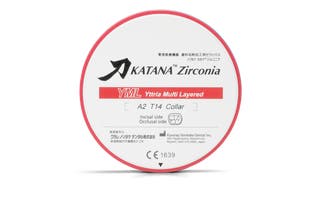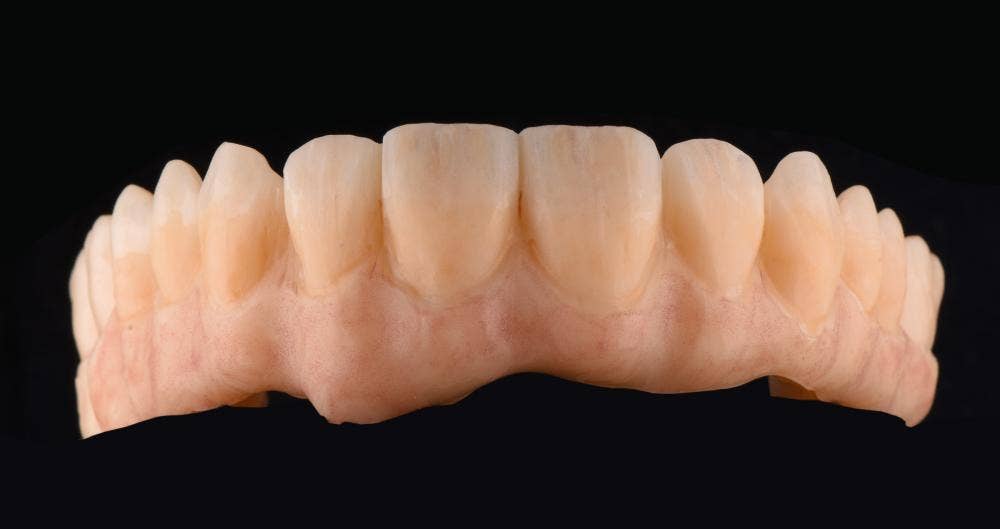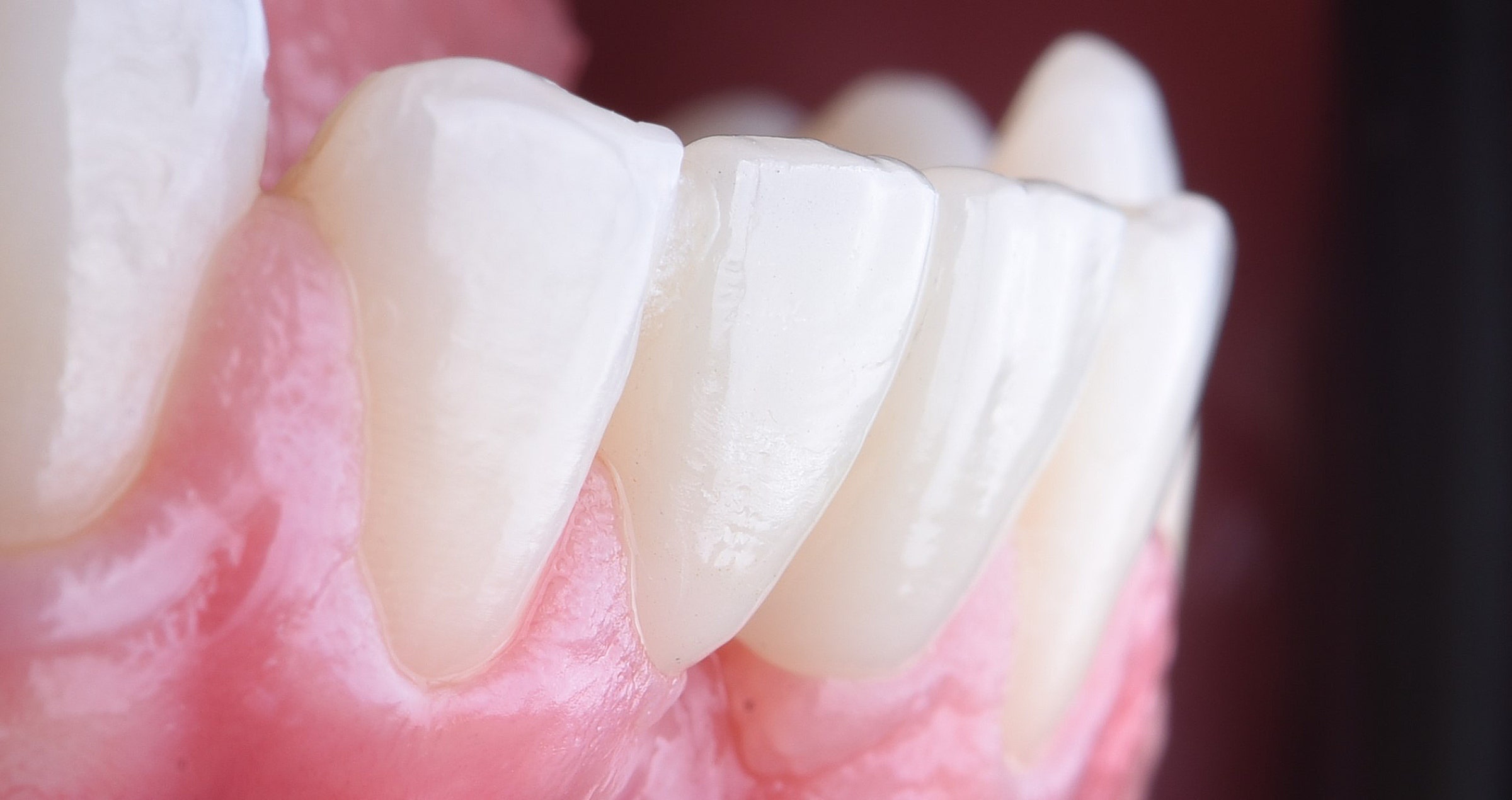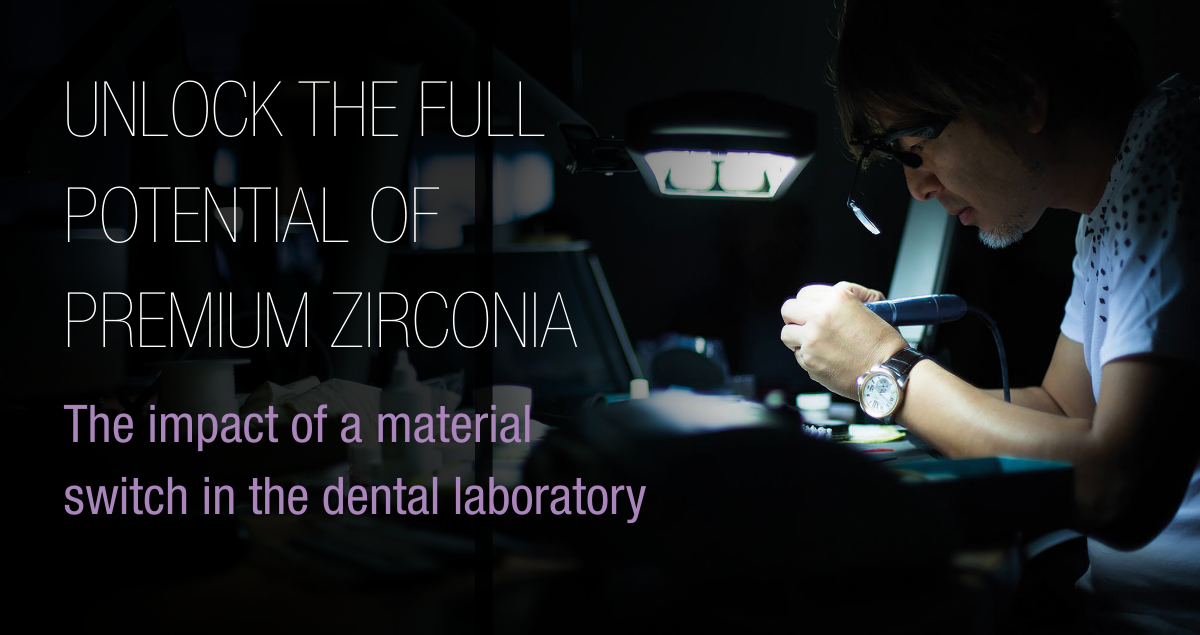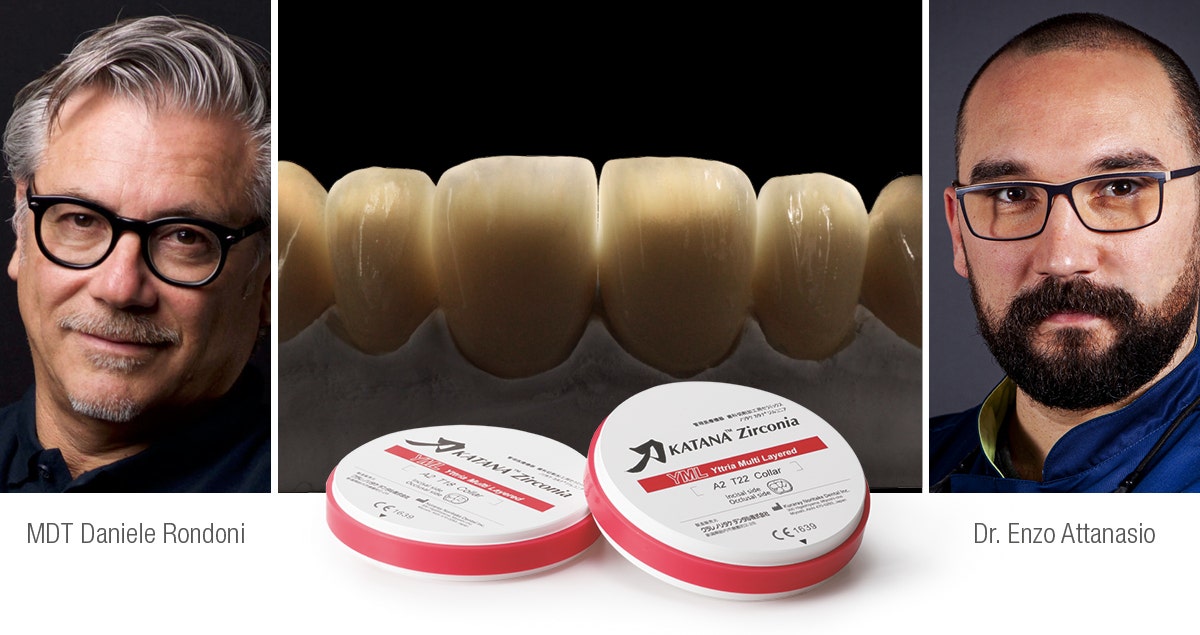
Behandeling van een jonge patient met zirconia veneers
Case by MDT Daniele Rondoni and Dr. Enzo Attanasio.
Veneers made of zirconia? In some cases, like the one presented below, monolithic zirconia veneers may be an option. Reasons for selecting a latest-generation zirconia such as “KATANA™ Zirconia” YML include its very high translucency and a wall thickness of only 0.3 to 0.4 mm supporting minimally invasive tooth preparation. Due to a highly automated production procedure, the manual effort involved may be reduced, while highly aesthetic outcomes are possible.
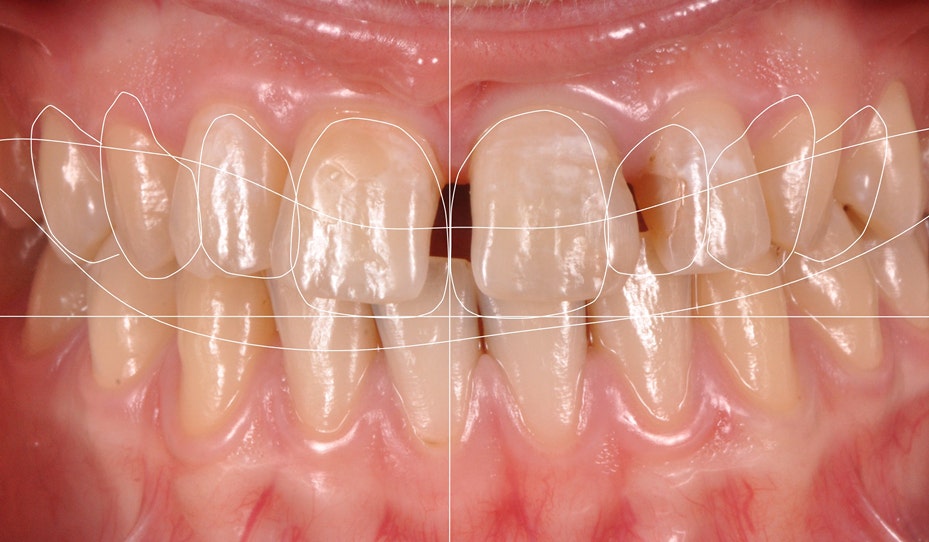
Fig. 1. Initial situation: Young female patient with misshaped and misaligned maxillary incisors. Digital smile design is used to reveal the ideal proportions and positions of the anterior teeth.
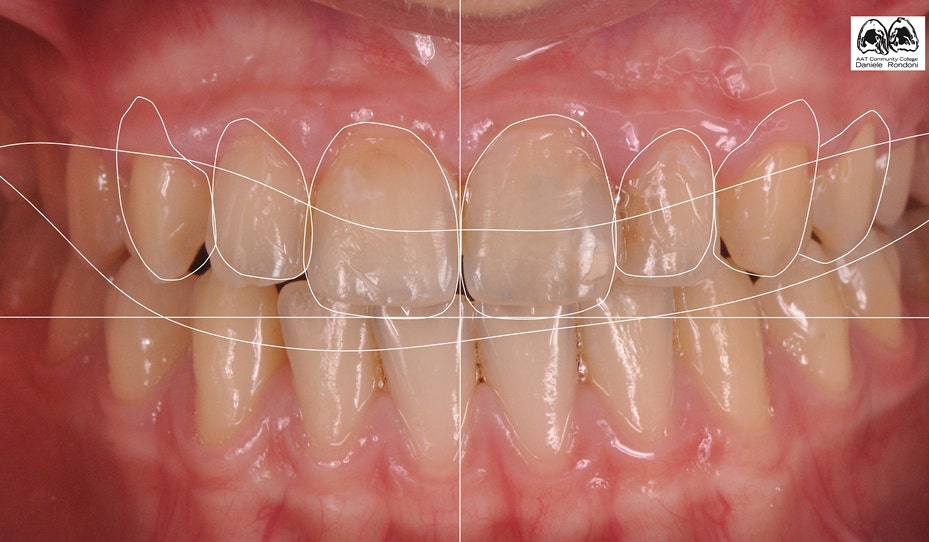
Fig. 2. Ideal tooth proportions and positions displayed over a picture of the teeth after orthodontic treatment and the creation of a mock-up. The positions are ideal and the tooth shapes obtained with the mock-up only need some minor adjustments.
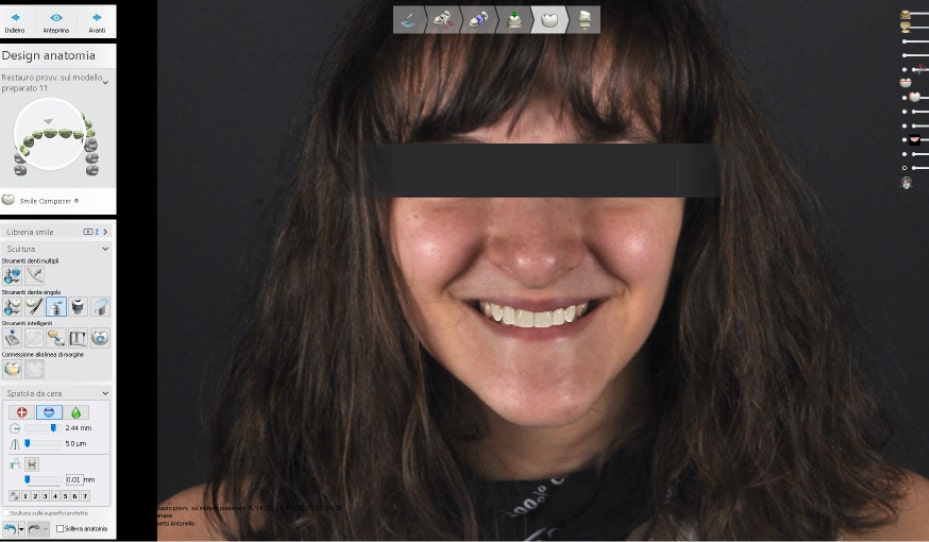
Fig. 3. Facial view of the patient with the planned veneers blended in.
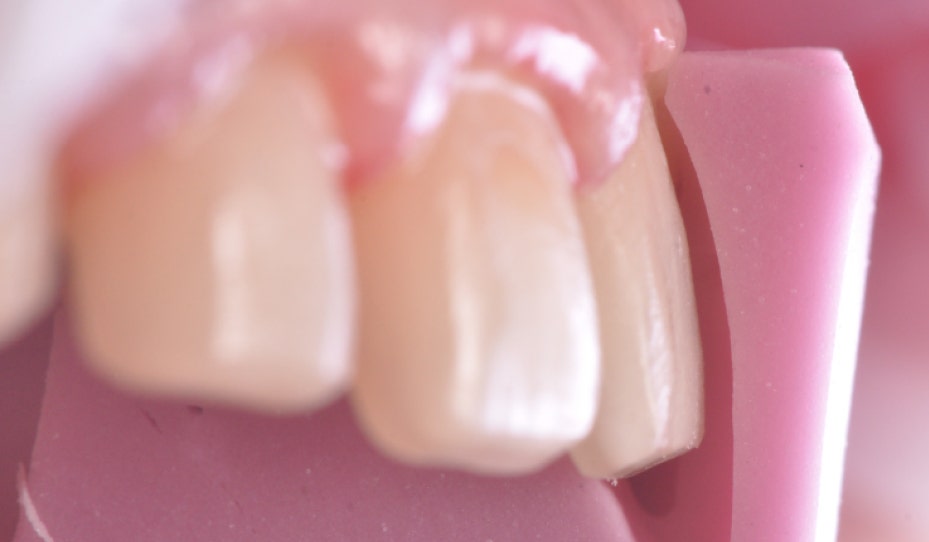
Fig. 4. Guided tooth structure removal with the aid of a silicone index. The minimum wall thickness of the selected material – “KATANA™ Zirconia” YML – is 0.4 mm.

Fig. 5. Matched digital impressions of the maxilla and mandible taken after tooth preparation.

Fig. 6. Monolithic restoration made of “KATANA™ Zirconia” YML placed on the resin model after the 7-hour final sintering.
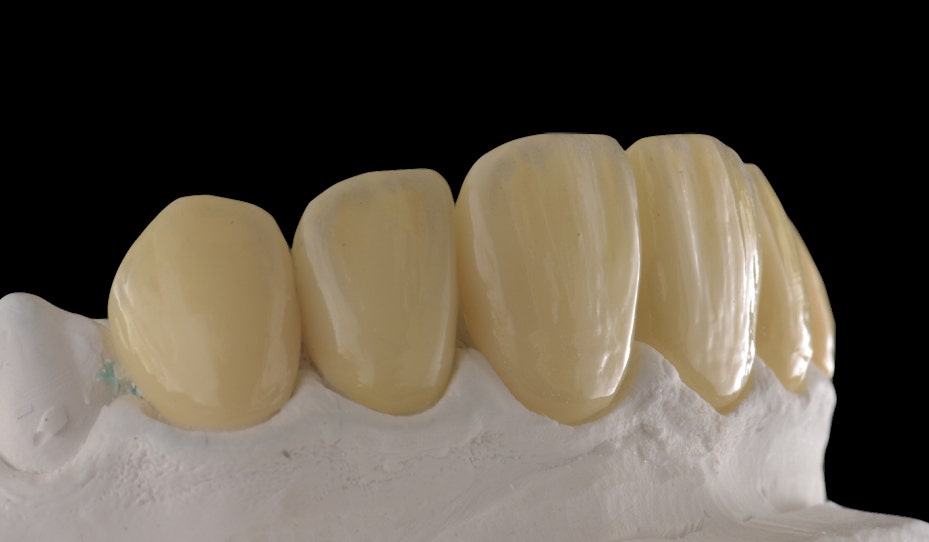
Fig. 7. Lateral view of the master cast with the six veneers individualized with the liquid ceramic system CERABIEN™ FC Paste Stain.
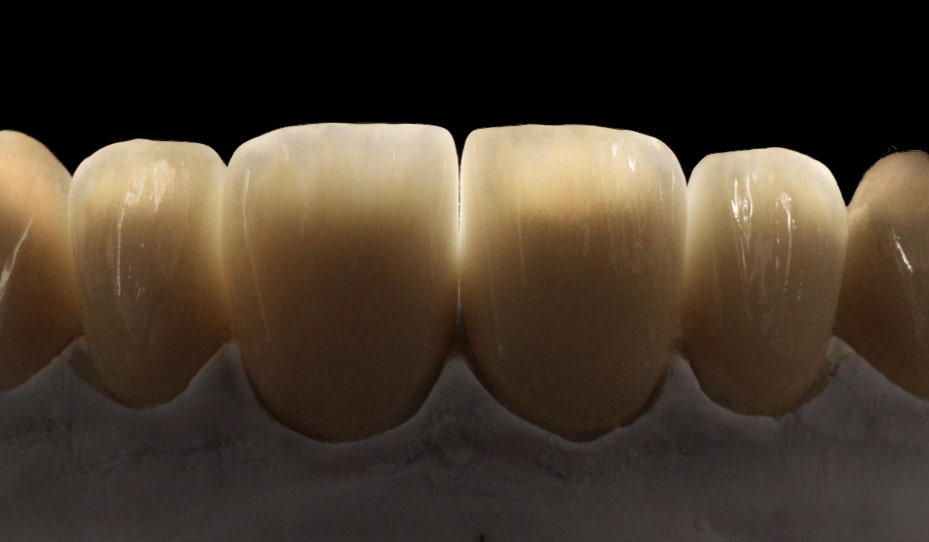
Fig. 8. Tooth-like translucency of the veneers on the model.
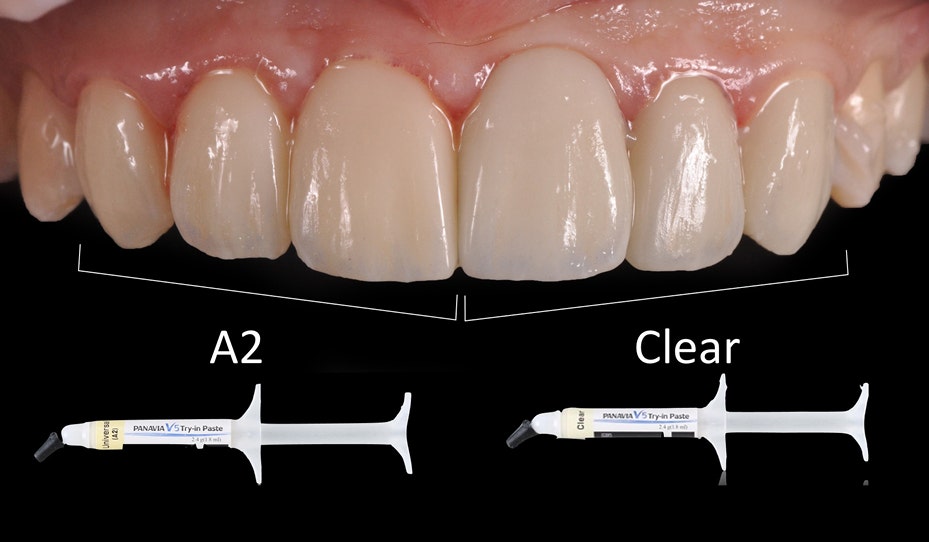
Fig. 9. Intra-oral try-in with two different shades of the PANAVIA™ V5 Try-in Paste: A2 is used in the right and Clear in the left quadrant. It was decided by the dentist to use A2 shade.
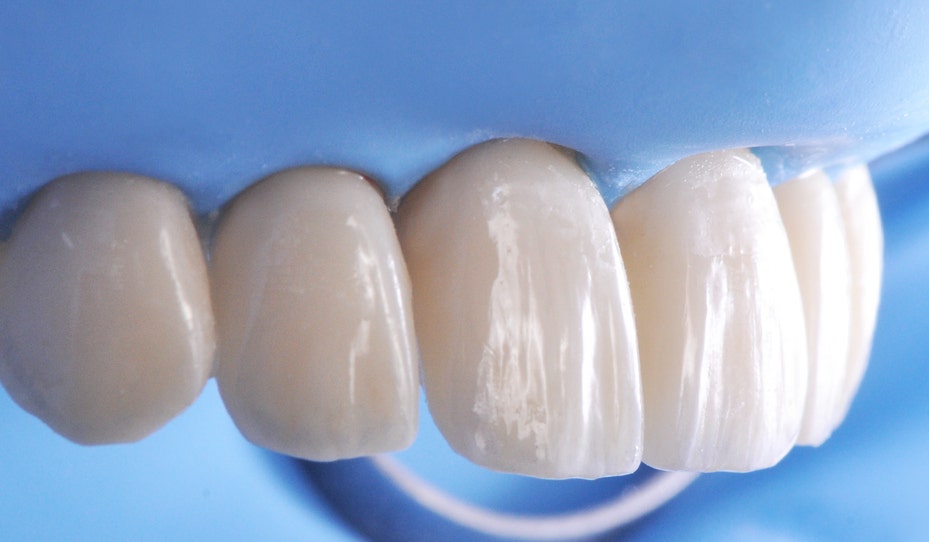
Fig. 10. Lateral view of the cemented veneers. The result is a natural surface texture, which contributes to a natural appearance of the restorations.
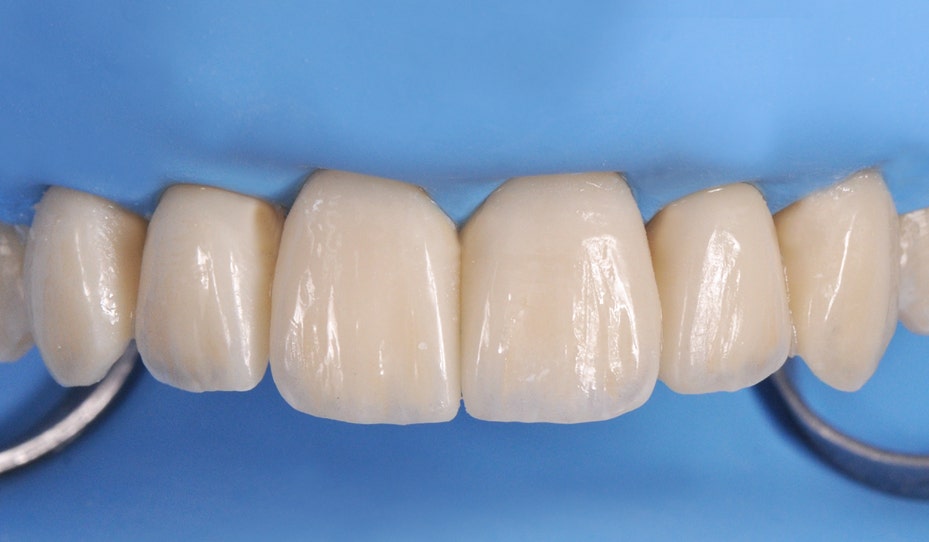
Fig. 11. Frontal view of the veneers in place.
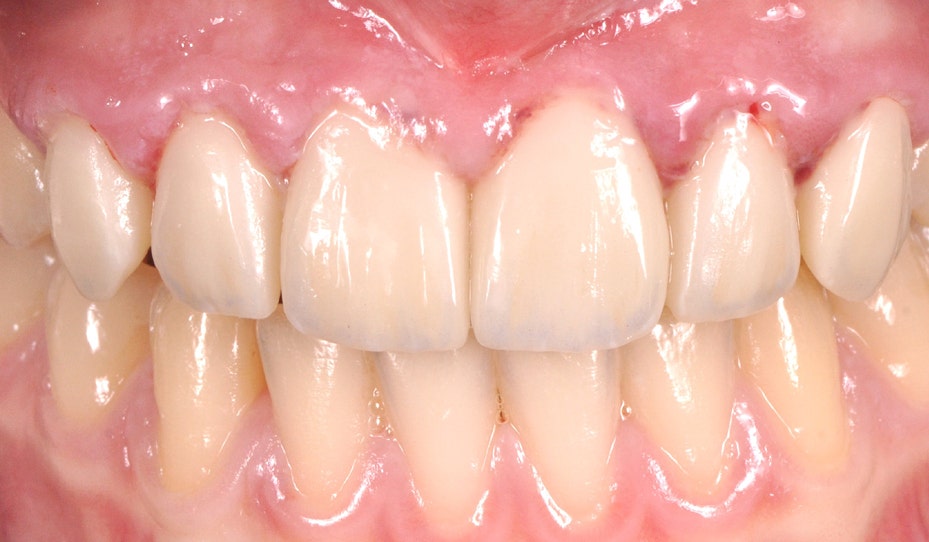
Fig. 12. Treatment outcome immediately after rubber dam removal.
FINAL SITUATION

Fig. 13. Treatment outcome with healthy soft tissues two weeks after treatment.
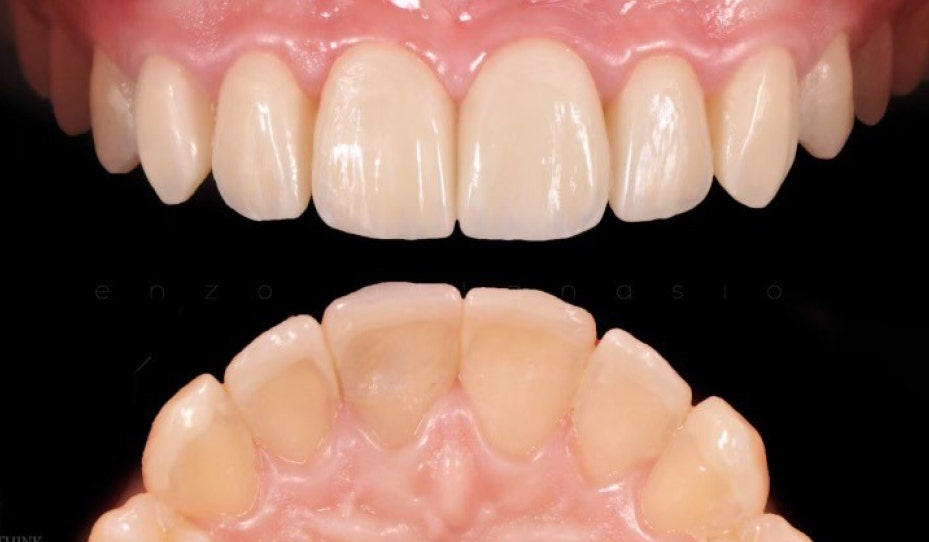
Fig. 14. Gums are healthy and the restorations show a great optical integration with the adjacent posterior teeth.
Dentists:
 |
 |
| MDT DANIELE RONDONI | DR. ENZO ATTANASIO |
- 9 aug 2024
